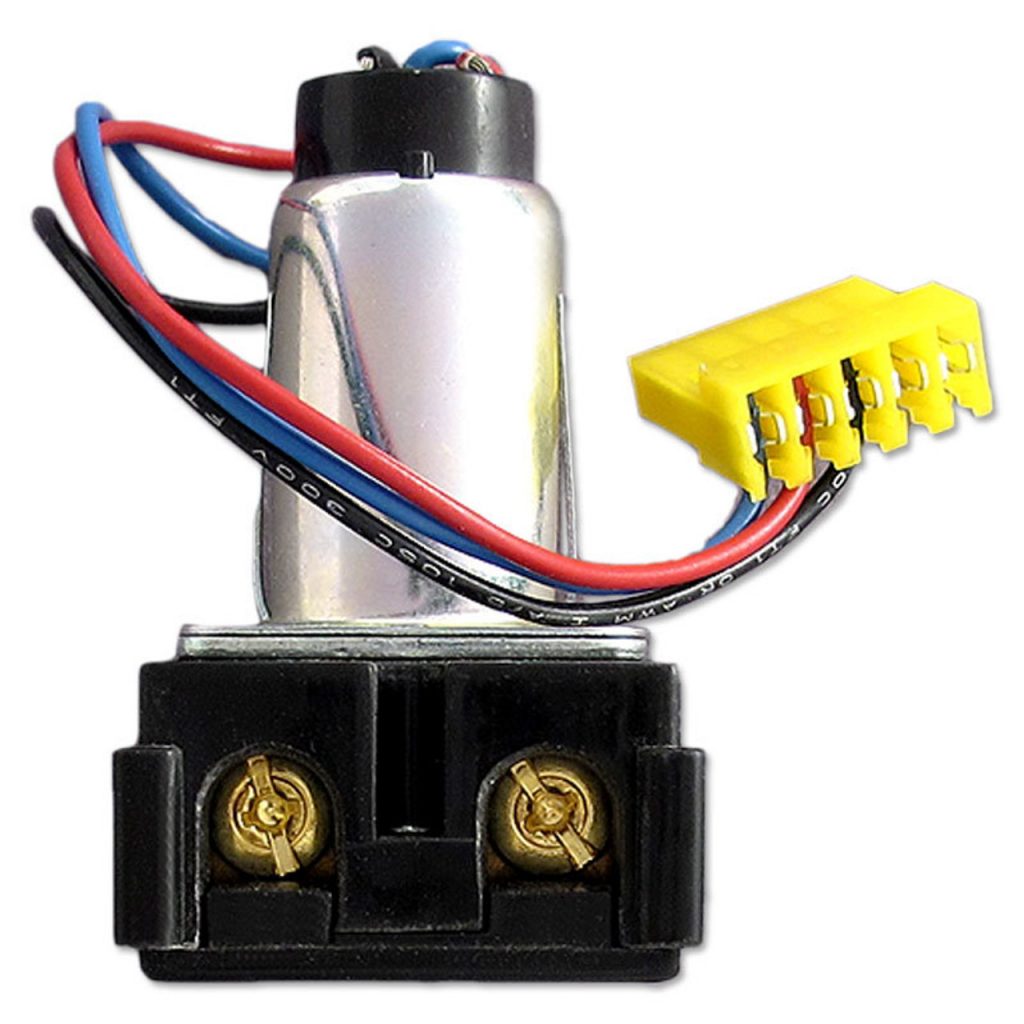Static Relay vs Mechanical Relay: Unveiling the Key Distinctions
3 min read
Relays play a crucial role in various industries, serving as essential components in electrical systems. Among the different types of relays, static relays and mechanical relays are commonly used. While both serve the purpose of controlling electrical circuits, they differ significantly in terms of their operating principles, performance, and applications. In this article, we will delve into the intricacies of static relays and mechanical relays, highlighting their key distinctions and shedding light on their respective advantages and disadvantages.
- Operating Principle:
Static Relay:
Static relays, also known as solid-state relays, utilize electronic components such as transistors, diodes, and integrated circuits to control the flow of current. These relays do not have any moving parts and rely on electronic circuits to perform their switching functions. The absence of mechanical components enhances their reliability and longevity.
Mechanical Relay:
On the other hand, mechanical relays employ electromagnetic coils and mechanical contacts to control the electrical circuit. When the coil is energized, it generates a magnetic field that attracts or repels the contacts, thereby opening or closing the circuit. The mechanical nature of these relays introduces the possibility of wear and tear over time.
- Performance:
Static Relay:
Static relays offer several advantages in terms of performance. They exhibit faster response times, as electronic circuits can switch rapidly compared to mechanical systems. Additionally, static relays provide better accuracy and precision in controlling electrical parameters such as voltage, current, and frequency. These relays are also immune to mechanical vibrations and shocks, making them suitable for applications in harsh environments.
Mechanical Relay:
While mechanical relays may have slower response times compared to static relays, they excel in handling high current and voltage levels. The mechanical contacts in these relays can withstand heavy loads and are less prone to damage caused by short circuits or overloads. Moreover, mechanical relays can provide better isolation between the control and power circuits, ensuring enhanced safety.
- Applications:
Static Relay:
Static relays find extensive applications in industries where precise control and protection are paramount. They are commonly used in power systems, motor control, industrial automation, and process control. The ability of static relays to offer advanced features such as programmability and communication interfaces makes them suitable for complex applications.
Mechanical Relay:
Mechanical relays, with their robust construction and ability to handle high power, are widely employed in applications such as power distribution, automotive systems, and household appliances. They are particularly useful in situations where high current switching is required, such as in electric vehicle charging stations and power substations.
Conclusion:
In summary, the difference between static relays and mechanical relays lies in their operating principles, performance characteristics, and applications. Static relays, with their solid-state design and electronic control, offer faster response times, higher accuracy, and better suitability for complex systems. On the other hand, mechanical relays excel in handling high power levels and provide enhanced safety through better isolation. Understanding these distinctions is crucial for selecting the appropriate relay type based on the specific requirements of a given application.
